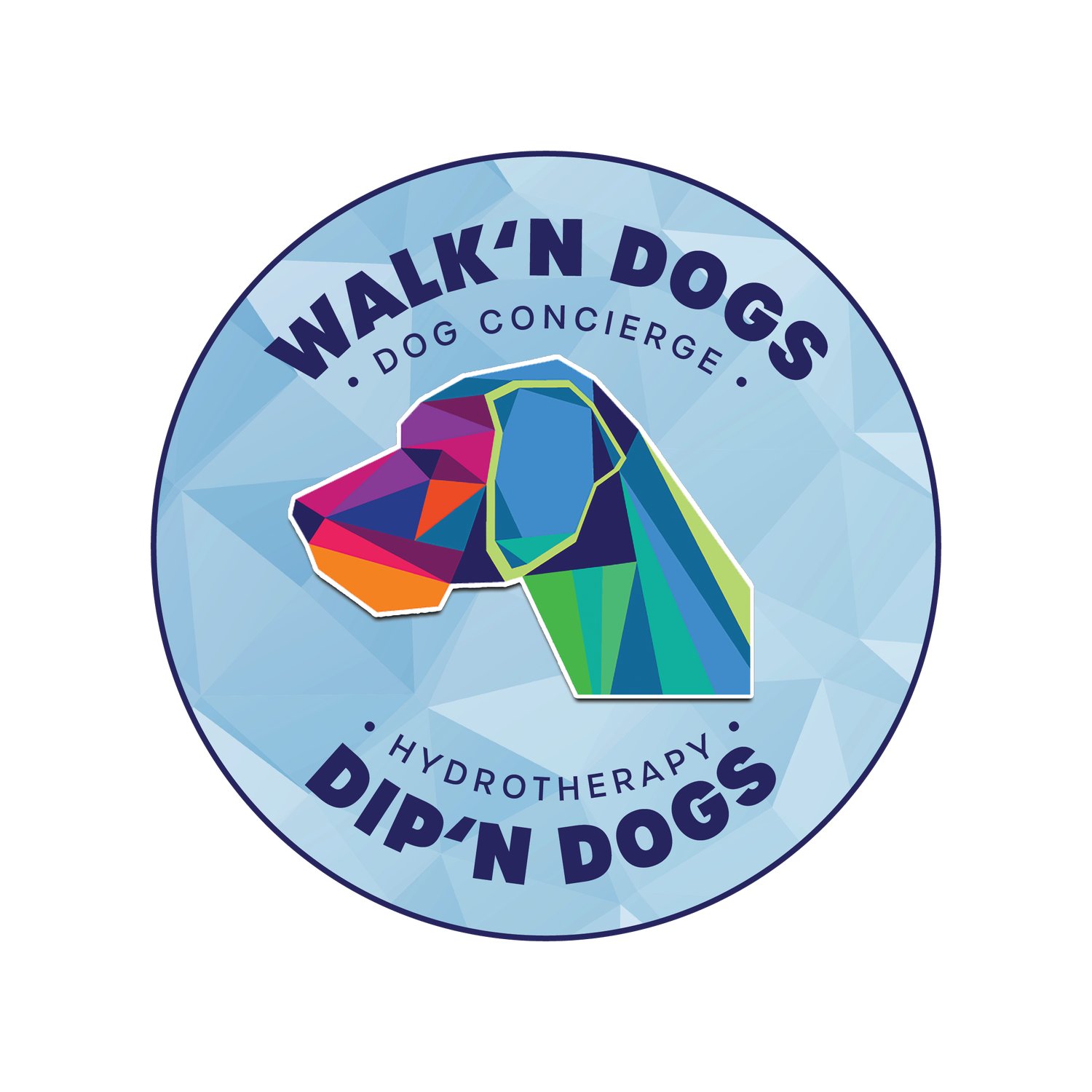Hydrotherapy & Hip Dysplasia
Hydrotherapy for Dogs with Hip Dysplasia
If you dog has a genetic history of joint or hip issues, he or she already has a higher risk of developing hip dysplasia. Canine hip dysplasia is one of the more common conditions that we tend to see here in water therapy due to there being no cure for it, only treatment. Canine hip dysplasia is said to be attributed to “bad breeding” but is also very much considered a hereditary disease. This disease only gets worse with age overtime and unfortunately is very painful for your dog. Luckily, hydrotherapy for dogs with hip dysplasia can provide your dog comfort and create a new outlook for their future.
What is Hip Dysplasia?
Hip dysplasia in canines is a degenerative, chronic condition, where hip joints have developed abnormally. It is when the head of a dog’s femur bone does not completely fit into their hip’s socket when usually these two bones should fit together perfectly. It is believed that most dogs who possess hip dysplasia were in fact born with perfectly normal joints in their hips, but over time the two bones surfaces eventually separated resulting in the the abnormally developed hip joints. When hip dysplasia comes about, your dog’s ligaments become weaker, joints become inflamed and misaligned and the bone’s surfaces grow apart making walking severely painful and difficult.
Signs & Symptoms of Hip Dysplasia:
Overall stiffness
Loss of muscle mass in the back legs
Pain or discomfort while being active or exercising
Leg stiffness when walking
Running differently/changes
Lameness (inability to properly use one or more limbs)
Breeds Who Are Prone to Hip Dysplasia:
German Shepherds
Golden Retrievers
Bassett Hounds
Rottweilers
Pitbulls
Great Danes
Mastiffs
Pugs
Bulldogs
St. Bernards
Bloodhounds
Chows
How Can Hydrotherapy Help?
Hydrotherapy helps with dogs who have hip dysplasia by using the controlled aquatic exercise to build weakened muscle in the hind legs without having to put any pressure on them. It encourages joint mobility, endurance and cardiovascular fitness that maintains the health of the cartilage around the joints. Consistent, gentle and regular swimming is key in managing hip dysplasia along with natural supplements and if needed, medication. Water therapy has been proven to be the most successful therapy in helping dogs with almost any degenerative disease, especially those that occur in the hips, joints, and legs and here are some examples of what to expect:
Increased muscle mass
Increased muscle strength
Increased range of joint movement
Improved quality of life and fitness
Decreased pain
Decreased inflammation
Relaxed muscles
Reduced frustration in dogs who cannot exercise
Slowed progression in disease
Overall feeling of well-being and comfort

